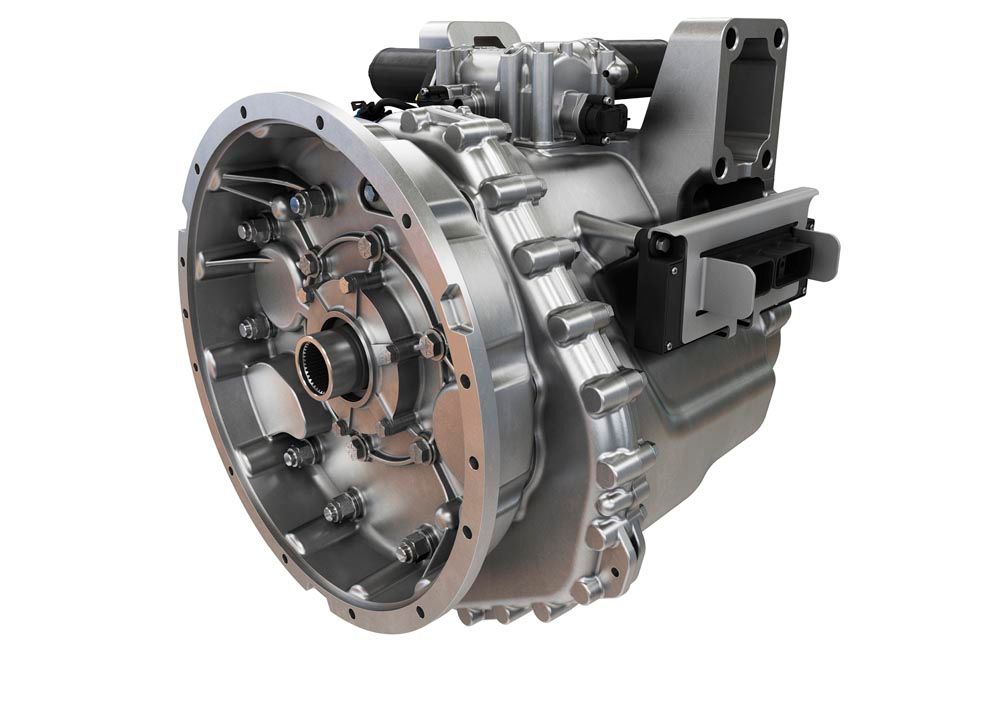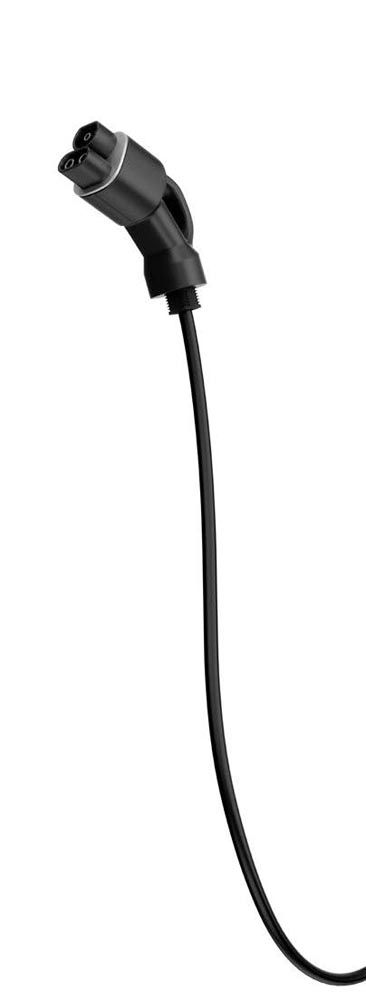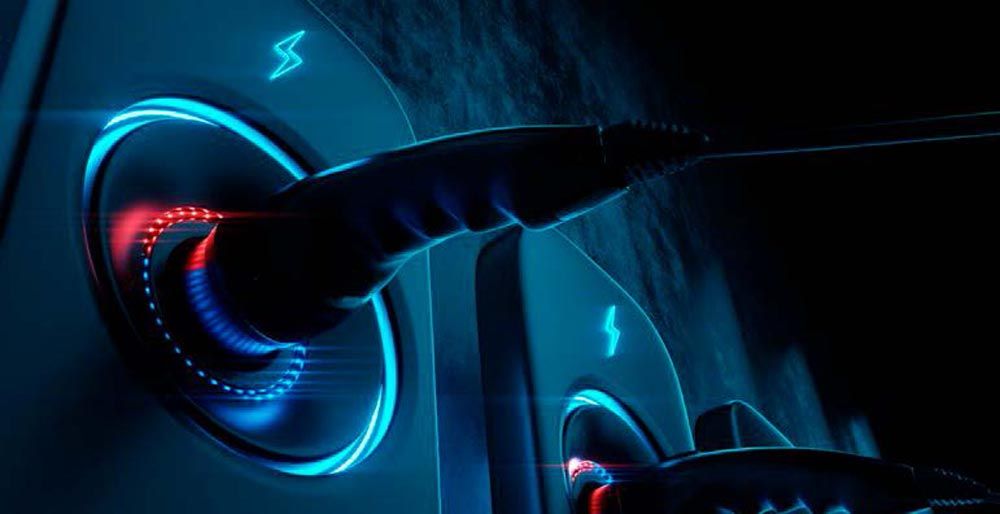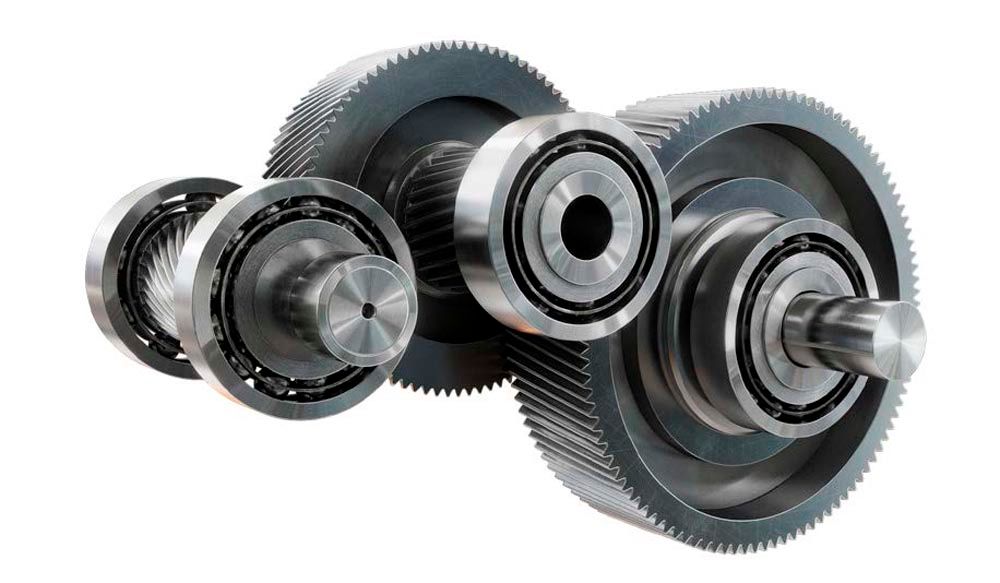A few examples of Industry 4.0 technology include:
• Microsoft’s HoloLens 2 augmented reality goggles that offer the capability to display 3D images in physical spaces and connect remotely. This remote assistance technology ensures that ongoing work can be performed while keeping everyone safe.
• Augmented reality also assists with knowledge retention and ongoing training. For instance, the Mobility Group identified an opportunity to use the technology to train operators and engineers on new equipment, which would have traditionally been conducted by instructors who travel to the various remote sites. Additionally, the technology has proven critical for recent customer reviews and approvals.
• Eaton’s Mobility Group is interconnecting plant systems and machines to collect, analyze and report real-time information, which optimizes plant floor management and provides visibility to real-time production issues in order to address them right away. These efforts are designed to reduce lead times; maintenance, repair and operations (MRO), inventory, indirect labor/direct-labor costs; as well as increase performance and improve quality.
• To optimize manufacturing flow and eliminate the need for forklifts and other human-operated transport machinery, the Mobility Group is using autonomous automated guided vehicles (AGVs) or autonomous mobile robots (AMRs). In addition to improving the flow of materials throughout a manufacturing facility, AMRs and autonomous AGVs increase safety and allow for social distancing while also lowering costs.
• COBOTs, which are robots intended to interact with humans in a shared space or to work safely in close proximity, are being used to safely handle complex and repetitive tasks. This results in improved consistency and accuracy during the manufacturing process.
• Another way the Mobility Group is increasing productivity is by using digital simulation applications to define which solution and/or combination of factors will result in the highest output. These applications can run several scenarios by changing parameters, such as the number of operators, work in process material, cycle times, operator standardized work and many others.
• Additive manufacturing is leveraged to improve safety, quality and efficiency by designing and producing tools, poke-yokes and gauges internally on both polymer and metal materials. This allows fast reactions (shorter lead times), reduced purchase costs and highly customized solutions. For example, lead times can be reduced from weeks to days, while reducing costs from thousands to hundreds.
 The Balance Between Mechatronics and Mechanical Engineering
The Balance Between Mechatronics and Mechanical Engineering
Ideally, Eaton would like to see mechatronic backgrounds in up-and-coming engineers joining the organization. The balance between electrical and mechanical system knowledge would be extremely beneficial for the company’s EV plans, according to Kramer. “We’re developing talent internally, but it would be nice to see a push toward mechatronics, for sure. As it stands now, we’re hiring engineers that become gear experts after they’ve been with the organization for some time.”
“This industry is not going away anytime soon,” Hopkins added. “It’s more about getting people interested through learning and mentorship rather than trying to recruit people. These new engineers are seeing this incredible opportunity available in electrification today.”
Both our interview subjects for this article are now heavily involved in electrification despite starting in mechanical engineering. “I naturally progressed toward the mechanical side of things,” Kramer said. “I started my engineering career with an aerospace company where everything was theoretical. I never saw inside the plane; I did most of my work from my office. When I started at Eaton’s Proving Grounds—located in Marshall, MI—everything was hands-on. I was able to work on the vehicles and solve challenges in real-time. With EV technology, I’m learning something new every day as an engineer.”
Hopkins’ engineering fascination began with farm equipment. “I made my father take me to farm shows to look at the latest equipment. I started getting into Corvettes and Ferraris when I was 12 and knew I wanted to work on engines and specialize in high-performance cars. I was interested in combustion and thermal dynamics. Now we’re working on electric vehicles which I find is also a huge passion for me. What we’re doing is supporting a very positive transition in society right now. Even though I still love those high-performance cars, I’m very motivated to be helping society to a cleaner energy future.”
While internal development is a great asset, Kramer noted that in the future superchargers and manual transmissions will be gone. It will become more important to upgrade machine tools in Mexico, improve tool life in South America, leverage emerging technologies in the United States. “There will be a growing need for mechatronics expertise, for sure.”
Investing in the Future
Eaton’s investments in North American manufacturing are in addition to the company’s recently announced $500 million to support electrification, energy transition and digitalization across all  industrial platforms.
industrial platforms.
“Eaton solutions are at the heart of electrical systems everywhere and are vital to accelerate complex infrastructure projects for buildings, healthcare facilities, data centers, industrial facilities and utilities,” said Mike Yelton, president, Americas Region, Electrical Sector at Eaton. “The latest investment in regional manufacturing reflects our commitment to respond rapidly to unprecedented customer demand and the tremendous abilities of our longtime employees and channel partners.”
New regional expansion will enable Eaton to increase production of its circuit breakers, switchboards, panelboards, and other assemblies that enable power distribution for critical infrastructure across industries. In addition to El Paso investments, the company will expand capacity at its existing facilities in Beaver, Pennsylvania; Juarez, Mexico; Arecibo, Puerto Rico; and Haina, Dominican Republic.
By capitalizing on the global growth trends of electrification and digitalization, they’re helping to solve the greatest manufacturing challenges facing our world today.
“For us, the most important aspect of our EV journey is producing quiet and efficient equipment,” Kramer said. “Whether that means smaller batteries or more efficient geartrains, at this point everything is still on the table.”
“We’re looking at getting more range out of these EVs—lightweight factors come into play,” Hopkins added. “All the OEMs don’t want to know the gearbox is there. It also must be bulletproof. It must be 99 percent efficient, hyper quiet and needs to be cost-effective.”
The list of demands seems to increase daily, but that’s not stopping these engineers from rolling up their sleeves and working on the best possible solutions. In addition, they will continue to monitor the changing trends taking place in the passenger as well as commercial vehicle markets. It’s clearly a fascinating time for the automotive industry and the entire transportation market segment.
“Tesla uses a 1-speed automatic transmission that utilizes a single gear,” Kramer said. “When and where does the market shift to multi-speed transmissions and what is that going to look like? Eaton offers 4-speed transmissions as well as fixed reduction gear sets, so we’re trying to develop technology in both spaces.”
“On the commercial side, OEMs are currently experimenting with a lot of different architectures,” Hopkins said. “We’re selling integrated EV technologies, but we need to be prepared for the move toward smaller packaging, lighter materials, etc., so we can be ready regardless of the architecture selection.”
At the end of the day, all the work towards electrification will come down to the industry figuring out several key factors in the coming years.
“We’re trying to get the EV market into the mainstream here in the United States, but a lot of what happens in the next five to 10 years will come down to solving various infrastructure challenges,” Hopkins said.
eaton.com







 “Our new name, Mobility Group, leverages our 100-plus years of diverse experience in the vehicle space and Eaton’s extensive electrical background at a time when the industry is quickly becoming a mixed market of internal combustion and electrified vehicles,” said Pete Denk, president, Eaton’s Mobility Group.
“Our new name, Mobility Group, leverages our 100-plus years of diverse experience in the vehicle space and Eaton’s extensive electrical background at a time when the industry is quickly becoming a mixed market of internal combustion and electrified vehicles,” said Pete Denk, president, Eaton’s Mobility Group. The Balance Between Mechatronics and Mechanical Engineering
The Balance Between Mechatronics and Mechanical Engineering industrial platforms.
industrial platforms.